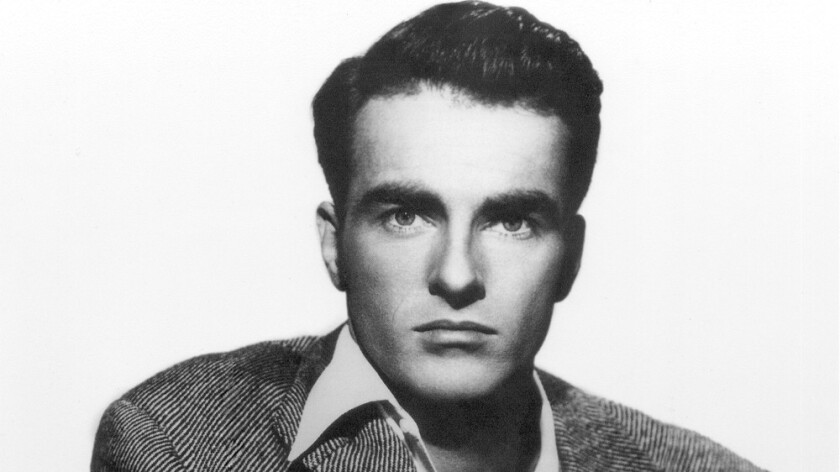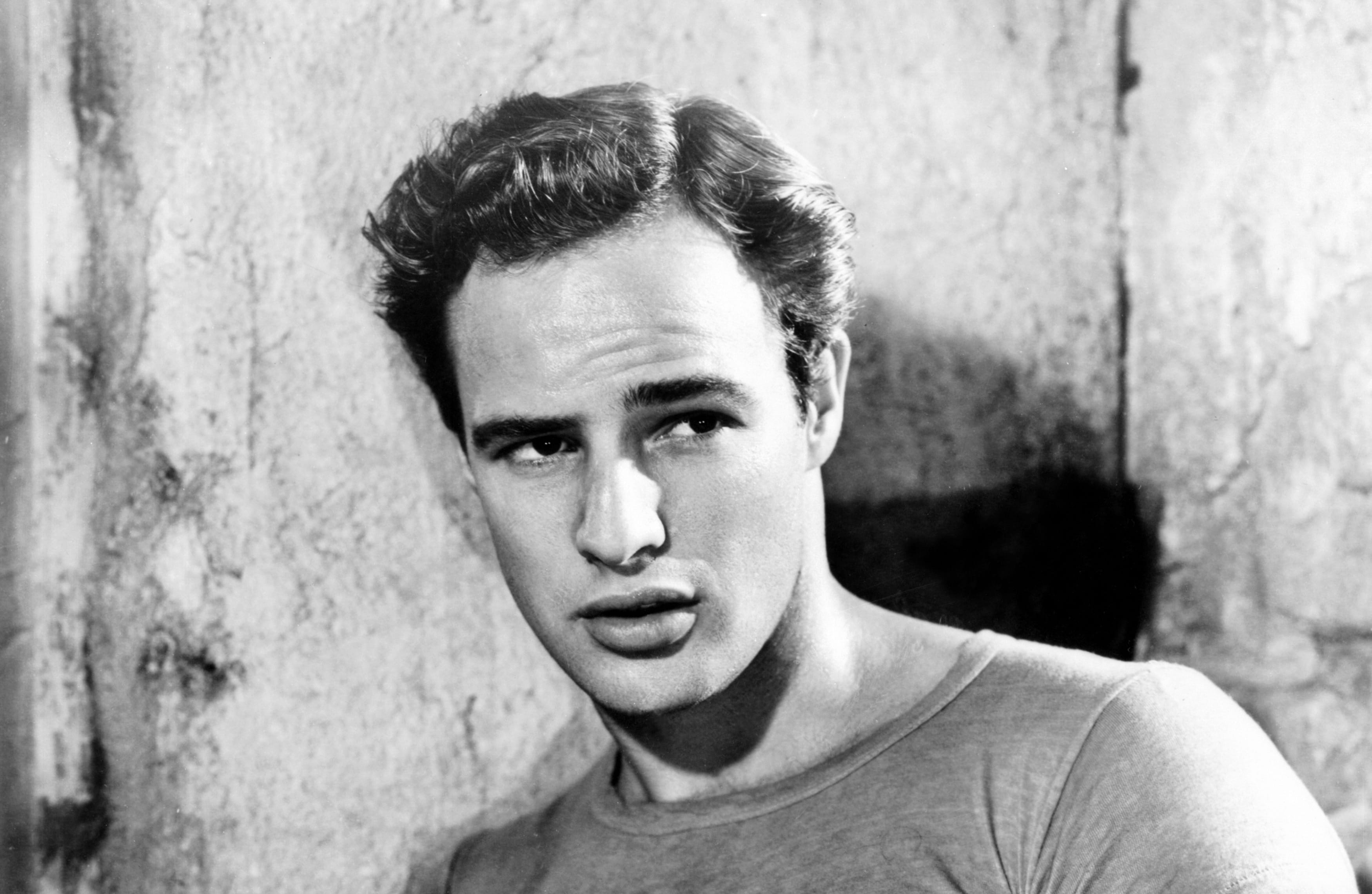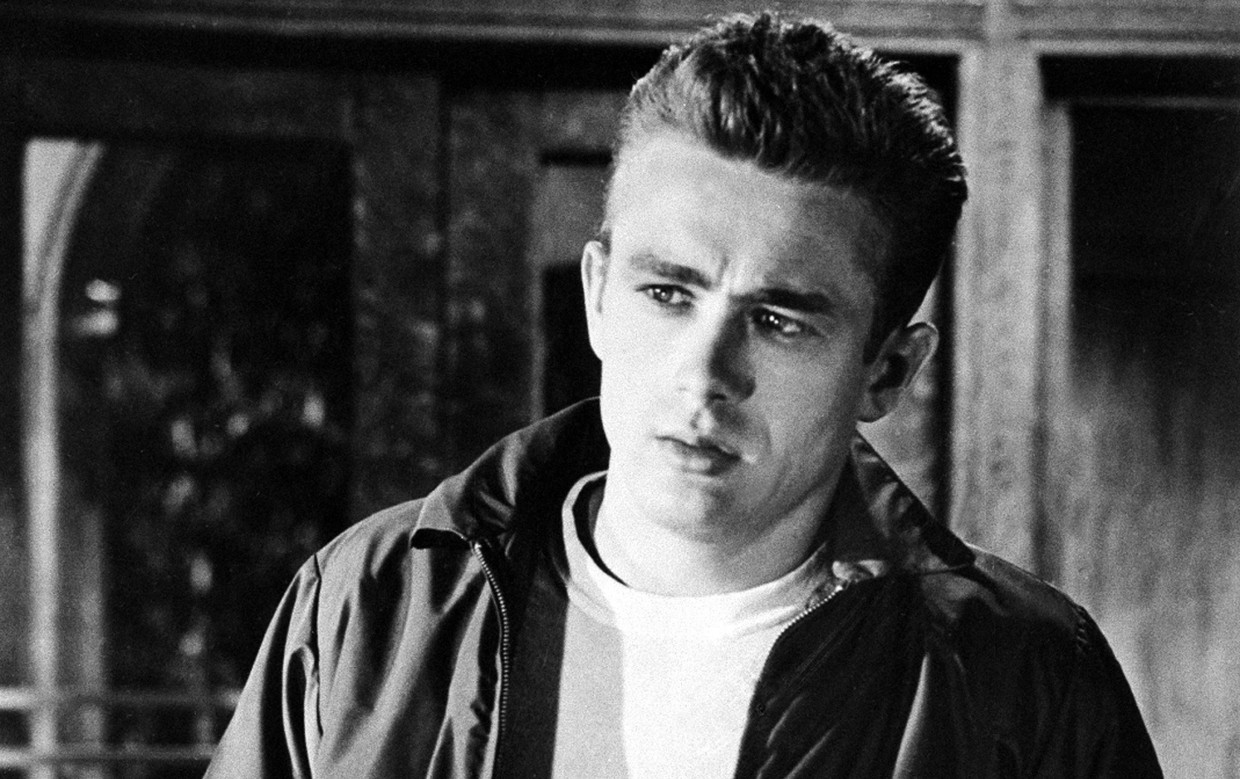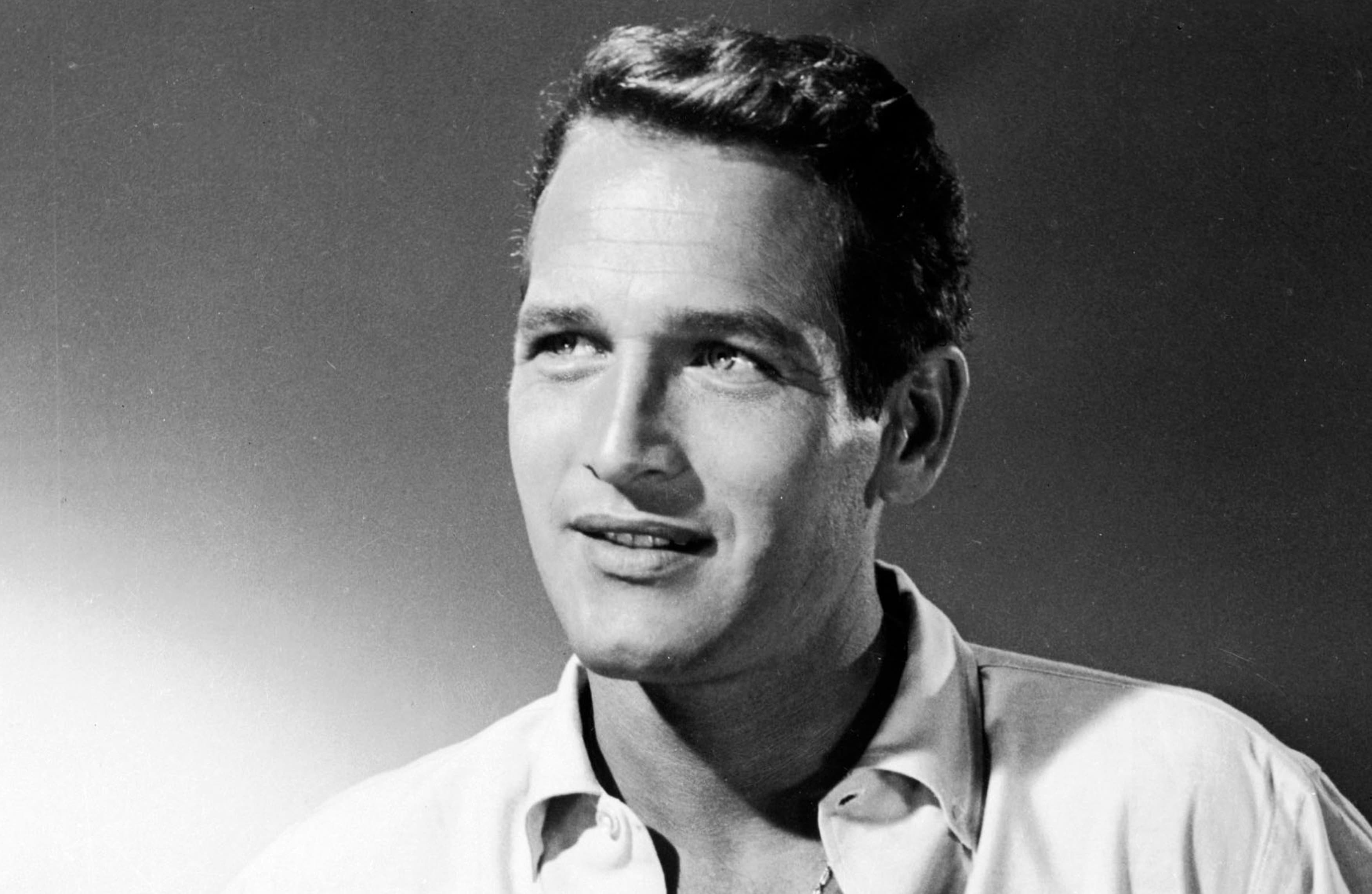
The place is Mexico City. The year 1909. A contingent of rural farmhands pays a visit to their eminent leader to intercede on behalf of their neighbors. They live a life of poverty and injustice as others gorge themselves on the riches of the land.
For all his progressive well-meaning, it still is a rather sour note seeing Marlon Brando playing national hero Emiliano Zapata, especially with Anthony Quinn just left-of-center as his brother Eufumio. It seems like a casting opportunity missed just as the movie itself has so many blatant blindspots.
From the outset, these underlying issues slightly neutralize everything Vivia Zapata tries so desperately to embody, a lot of which is of a visceral nature. An old man is dragged across the dusty roads with a rope around his neck by government soldiers. He’s finally hacked free with a machete only to go careening into a cornfield — one of the first visual casualties onscreen.
Likewise, the peasantry begins clacking pebbles together ominously in the wake of horsemen taking their leader away. They are starting to mobilize and unite under a banner of liberty and equality. The grassroots are surging into action.
It’s evident Elia Kazan is searching out a sense of realism between old-school tintypes and post-war neorealism. He’s navigating a way to humanize Zapata as a sympathetic champion of the rural farmer but also make him seem authentic in his visible plight.
Despite its vast reservoir of talent, it falls flat or at least becomes undermined by the faces in the picture that look anything but realistic. It stands out sorely (even comically) against a canvass striving for this intimate, engaging paean of the Mexican revolution.
Furthermore, the story feels like it falls on the wrong side of the border for John Steinbeck who might know the migrants and cannery workers of Salinas and Monterey well, but the universality of that experience doesn’t always directly translate to the aspirations or patois of Mexican farmhands.
Jean Peters is someone I’ve grown to admire and yet as a virginal love interest, although she’s candid enough, the part still feels compromised. The worst infraction goes to Joseph Wisemen, in particular, who sticks out like a sore thumb or for that matter Mildred Dunnock who would do better in John Ford’s pictures. However, now that the air is cleared, we can leave these grievances where they lie and move forward to something more optimistic.
Like all revolutions girded around a cause, we witness how it ably mobilizes the entire population because they are fighting for something they’d willfully die for while their adversary is just striving for containment and holding onto what they already have. They’re radically different perspectives.
My knowledge of Mexican history is so woefully superficial having Zapata and Villa in the same film does me a service. Otherwise, I would probably have them confused. What’s curious is how the film works in passages of time — these almost elliptical increments — where we see more of the aftermath of each subsequent stepping stone in the struggle than grasping the moments themselves.
There are skirmishes in the cornfields and the forests — merciless executions carried out on both sides to enact discipline and reign in radicals, but most of the movie is a social and moral exercise.

Zapata aligns himself with land reformer Francisco Madeira who, for all his idealistic shortcomings, seems relatively sincere in returning the land to the common man. However, he comes up against a self-serving mentality embodied by the tyrannical General Huerta.
The themes to be explored are of a valiant nature. Zapata’s trying to raise up a society and a world for his people of freedom only for it to be dictated by war, continual violence, and national corruption.
There’s this very cynical undercurrent to it as well even as Brando’s protagonist fights with a certain dogged and principled idealism. For him, this is a righteous war never sullied by personal gain or public veneration. And yet other men on both sides are only out for their own consolidation of power and their own vainglory. The few allies Zapata has are either compromised or killed.
One thinks of his own brother, Eufumio, who becomes disillusioned by their continual crusade never seeming to end. And sob driven by desperation and drink, he sets himself up as his own private dictator exasperating the mechanisms they had long been warring against. It signals the beginning of the end as their relations splinter at the seams.
Because one cannot live a life like Emiliano Zapata’s without expecting some form of vindictive retribution. For every man who cherishes his name, exulting him as some kind of national savior, there are still more who censure him as a degenerate outlaw.
Although Pancho Villa (Alan Reed) suggests some kind of middle ground — a way to fade off into the background — though this in itself even feels like an illusion. What little I know about Pancho Villa tells me he did not reach the ripe old age of a white-haired man.
However, in its final push, Viva Zapata does not totally repudiate its own message as the name Zapata becomes the ammunition — the brush fire to set the whole countryside alight — so the revolution might continue in the hearts and minds of the common man. It’s a stirring idea just as this film has a great deal to offer in terms of both talent and theatrical motifs.
Ultimately, it proves a mixed message between its roster of dated performances and conflicting aspirations to appeal to a certain progressive ethos. What helps take the sting out of it comes with the realization Kazan and Brando’s collaboration in On The Waterfront was just around the corner.
And Anthony Quinn, though he faced hardships in his career, didn’t do too bad for himself going forward. He was, after all, one of Hollywood’s most unique and versatile talents and a served him well in a truly serpentine career. At the very least, Zapata should lead to a fitting appreciation of him to go with some of its most admirable ideas in service to the downtrodden.
3/5 Stars





 Like William Inge’s earlier piece, Picnic, or some of Tennessee Williams’ most substantial work, Splendor in the Grass seems to hinge on the fact its content is in some way pushing the envelope as far as social issues and subsequent taboos go. It’s no surprise Elia Kazan was often drawn to such content over the course of his career on stage and screen. Hence his numerous collaborations with some of the landmark playwrights of the mid-20th century.
Like William Inge’s earlier piece, Picnic, or some of Tennessee Williams’ most substantial work, Splendor in the Grass seems to hinge on the fact its content is in some way pushing the envelope as far as social issues and subsequent taboos go. It’s no surprise Elia Kazan was often drawn to such content over the course of his career on stage and screen. Hence his numerous collaborations with some of the landmark playwrights of the mid-20th century.





 The reveries of a Saturday afternoon in childhood are where A Tree Grows in Brooklyn chooses to begin and it proves a fine entry point, giving us an instant feel for the world the Irish neighborhood of Williamsburg in Brooklyn. Its contours are impoverished, even harsh, but also richly American.
The reveries of a Saturday afternoon in childhood are where A Tree Grows in Brooklyn chooses to begin and it proves a fine entry point, giving us an instant feel for the world the Irish neighborhood of Williamsburg in Brooklyn. Its contours are impoverished, even harsh, but also richly American. Boomerang shares some similarities to
Boomerang shares some similarities to  Blanche Dubois and Stanley Kowalski. They’re both so iconic not simply in the lore of cinema history but literature and American culture in general. It’s difficult to know exactly what to do with them. Stanley Kowalski the archetypical chauvinistic beast. Driven by anger, prone to abuse, and a mega slob in a bulging t-shirt who also happens to be a hardline adherent to the Napoleonic Codes. But then there’s Blanche, the fragile, flittering, self-conscious southern belle driven to the brink of insanity by her own efforts to maintain her epicurean facade. They’re larger than life figures.
Blanche Dubois and Stanley Kowalski. They’re both so iconic not simply in the lore of cinema history but literature and American culture in general. It’s difficult to know exactly what to do with them. Stanley Kowalski the archetypical chauvinistic beast. Driven by anger, prone to abuse, and a mega slob in a bulging t-shirt who also happens to be a hardline adherent to the Napoleonic Codes. But then there’s Blanche, the fragile, flittering, self-conscious southern belle driven to the brink of insanity by her own efforts to maintain her epicurean facade. They’re larger than life figures. It disappoints me that I was not more taken with the material than I was but despite not being wholly engaged, there are still some fascinating aspects to Panic in the Streets. Though a somewhat simple picture, it seems possible that I might just need to give it a second viewing soon. Let’s begin with the reality.
It disappoints me that I was not more taken with the material than I was but despite not being wholly engaged, there are still some fascinating aspects to Panic in the Streets. Though a somewhat simple picture, it seems possible that I might just need to give it a second viewing soon. Let’s begin with the reality.